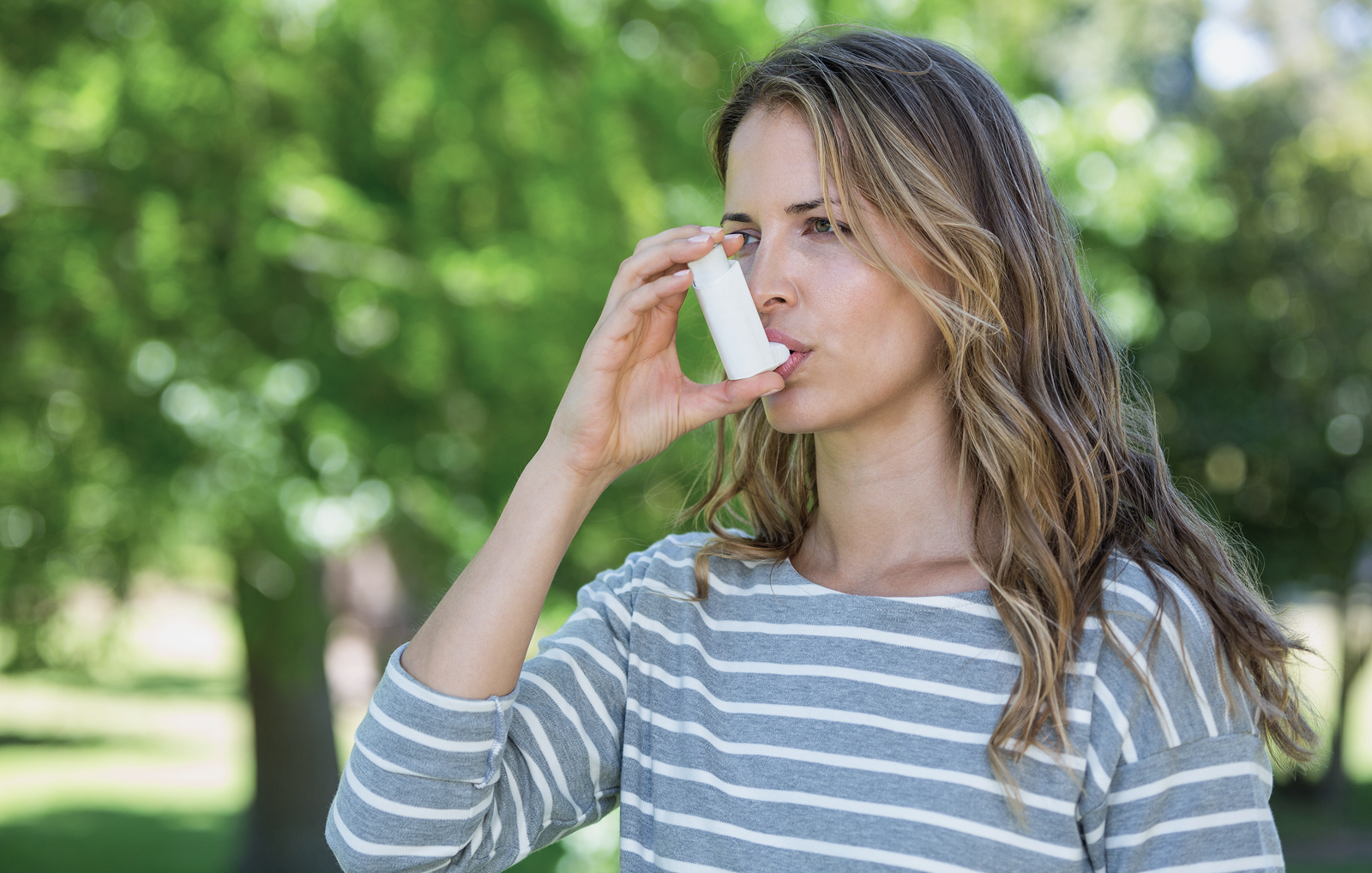
Good inhaler technique is how you make sure that you benefit the most from your medicine. There are lots of different inhalers, all used in slightly different ways. This can make finding a good technique difficult.
People living with a lung condition like asthma or COPD often find it helpful to review their technique from time to time. Many people think that the inhaler is working because they can taste the powder. This might actually mean that the medicine is not getting into the lungs.
Good technique means you breathe more of the medicine straight into your lungs. This is where it's needed.
All types of inhalers need good technique. Your inhalers are designed to improve symptoms and reduce flare-ups. Even minor tweaks can make a real difference.
It can help cut your risk of a flare-up, cope with triggers better and sleep better. For asthma, this means you'll be able to manage your condition without needing a higher dose of medicine.
Depending on your type of inhaler, there will be a slight change in technique. It’s important to identify what these differences might be.
Things to look out for are how quickly you need to breathe the medicine in and how to prepare the device.
There are some steps to form a good technique, regardless of inhaler type.
These things help get the medicine into your lungs.
At the end of this article, you will find a link to Asthma + Lung UK videos. These show the correct technique for each type of inhaler.
Having a friend or family member watch them with you may be helpful. They can then see if anything can be improved in your technique.
If you are using a pressurised metered dose inhaler (pMDI), a slow, deep breath is required.
If you breathe too quickly, the dose will sit at the back of your throat and not reach your lungs.
It is also important to shake a pMDI inhaler well first. If you haven't used it for five days or more, do a test spray (with the inhaler pointing away from you).
You also need to time your breathing. Before taking your medicine, breathe out slowly and gently away from the inhaler. When your lungs feel empty, you're ready.
Inhalers usually cause few or no side effects if used correctly and at normal doses.
Good technique means it is less likely the medicine will stick to your tongue, throat or mouth. This can cause symptoms such as a sore throat or a hoarse voice.
Many people find it beneficial to rinse their mouth out with water after using their inhaler. This helps remove medicine stuck in their mouth.
Disclaimer
This article is for educational purposes only and should not be used as a substitute for medical advice. Always speak to your doctor, nurse or pharmacist about your individual care. The information reflects NHS and NICE guidance at the time of publication.